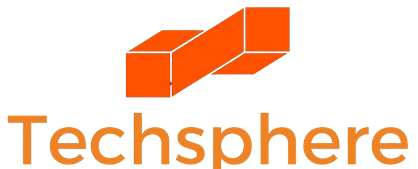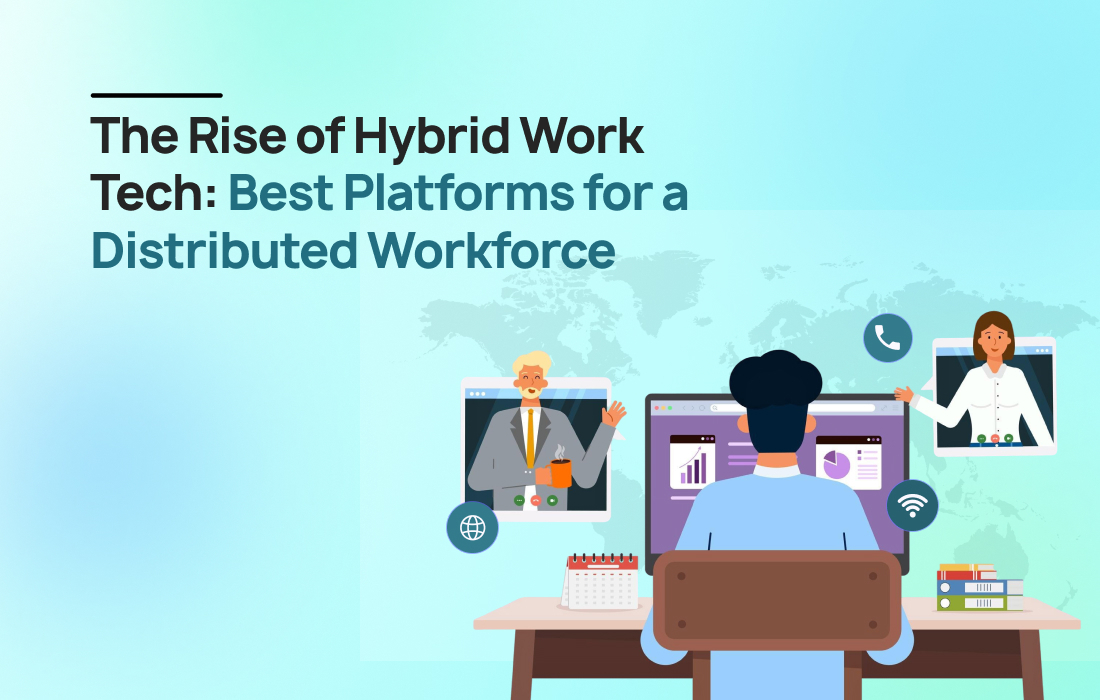🌍 Introduction: Why Hybrid Work Needs Better Tech
Hybrid work tech platforms are transforming the way modern teams operate in 2025. With the shift to hybrid and remote-first models, businesses now require more than just video calls — they need integrated collaboration, task management, secure communication, and scalable digital workflows to stay efficient and connected.
According to a 2025 Statista report, over 74% of businesses now support a hybrid work model, and nearly 60% of employees report feeling more productive working remotely when supported by the right tools.
The rise of hybrid work represents one of the most transformative shifts in the modern workforce. No longer confined to office cubicles or rigid 9-to-5 schedules, knowledge workers now expect flexibility, autonomy, and digital accessibility. But with this shift comes challenges—communication gaps, security risks, fragmented tools, and burnout from overlapping platforms.
To meet these demands, organizations are turning to purpose-built hybrid work platforms. These technologies enable distributed workforces to remain connected, collaborative, and productive across geographies, time zones, and devices.
Hybrid work success depends on integrating tools that work across environments—physical and virtual, synchronous and asynchronous. When properly aligned, these platforms help organizations create cohesive, transparent, and empowered teams that achieve more with less burnout and lower turnover. To explore this further, discover how SaaS tools streamline cross-functional collaboration and enable knowledge sharing.—physical and virtual, synchronous and asynchronous. When properly aligned, these platforms help organizations create cohesive, transparent, and empowered teams that achieve more with less burnout and lower turnover.
This article explores the best hybrid work platforms and technologies enabling distributed workforces to thrive. From communication suites and project tracking tools to HR management and virtual collaboration spaces, we highlight the tech stack powering the future of work. Learn how to customize SaaS platforms for different team structures.
📊 The Business Case: Statistical Evidence Behind Hybrid Tech Adoption
- 84% of companies using hybrid collaboration platforms report higher employee satisfaction (McKinsey, 2024).
- Hybrid teams using project management software see a 33% improvement in on-time task delivery (Asana Research Lab).
- Remote workers who use integrated communication tools like Slack and Zoom report 25% less meeting fatigue.
- Firms leveraging automation in hybrid environments reduce admin overhead by 18% (PwC Future of Work Report).
These numbers make a compelling case: tech investments in hybrid models deliver measurable ROI in productivity, engagement, and operational efficiency. Learn how to evaluate the ROI of SaaS investments in your hybrid work strategy.
📚 Real-World Case Examples: What Success Looks Like
🔹 GitHub
GitHub, with its globally distributed engineering teams, uses Microsoft Teams, GitHub Enterprise, and Slack to maintain transparent workflows. Every team member, regardless of time zone, contributes through well-documented issues, pull requests, and async feedback loops.
🔹 Airbnb
Airbnb’s “Live and Work Anywhere” model relies heavily on Notion for internal wikis, Zoom for strategy meetings, and Google Workspace for asynchronous collaboration. They’ve seen improved retention since implementing a location-flexible model in 2022.
🔹 Spotify
Spotify’s Work From Anywhere policy is powered by tools like Miro, Slack, Trello, and Okta. Managers have training for leading remote teams, and every new hire gets a dedicated remote buddy during onboarding.
🔍 Expanded Tool Comparison Table
| Category | Tool | Key Features | Best For |
|---|---|---|---|
| Communication | Slack | Channels, huddles, integrations | Mid to large teams |
| Communication | Zoom One | Video calls, chat, VoIP, whiteboard | Cross-functional teams |
| Project Management | Asana | Timeline view, task dependencies | Marketing, ops teams |
| Project Management | ClickUp | Docs, goals, dashboards | All-in-one platform seekers |
| Collaboration | Miro | Whiteboarding, planning | Visual brainstormers |
| HR & Payroll | Deel | Global payroll & compliance | Remote hiring across countries |
| Well-being | Headspace | Mindfulness, guided meditations | Employee mental wellness |
🧩 Challenges Solved by Hybrid Work Tech
- Time Zone Management: Async tools like Loom and Notion reduce the need for real-time meetings.
- Onboarding: Digital checklists, LMS integration, and buddy systems improve new hire ramp-up. Explore strategies to train employees on new SaaS platforms. Explore strategies for SaaS onboarding and training here.
- Engagement: Tools like Workvivo and Bonusly maintain culture and motivation.
- Security: Platforms like Okta and Jamf ensure safe access and device compliance.
- Oversight: Real-time dashboards help managers track performance without micromanagement.
🔮 Future of Hybrid Work Tech (2025–2030 Outlook)
- AI Co-Pilots: Platforms will increasingly include embedded AI assistants that summarize conversations, predict project delays, and automate task delegation.
- Metaverse Integration: Virtual spaces like Gather or Meta Workrooms will offer more immersive collaboration experiences.
- Emotion-Aware Interfaces: Future tools may include sentiment tracking to measure team morale and well-being.
✅ Final Thoughts
Hybrid work is not a temporary experiment—it’s a global shift in workplace dynamics. The organizations that succeed in this new era will be those that invest in technology not as a stopgap, but as a strategic pillar.
By adopting the right mix of hybrid work platforms—customized to your industry, team size, and culture—you can unlock productivity, protect data, and empower people wherever they are.
🔔 CTA: Ready to build your hybrid workforce for the future? Subscribe to our newsletter and download the full Hybrid Work Tech Stack Guide.

